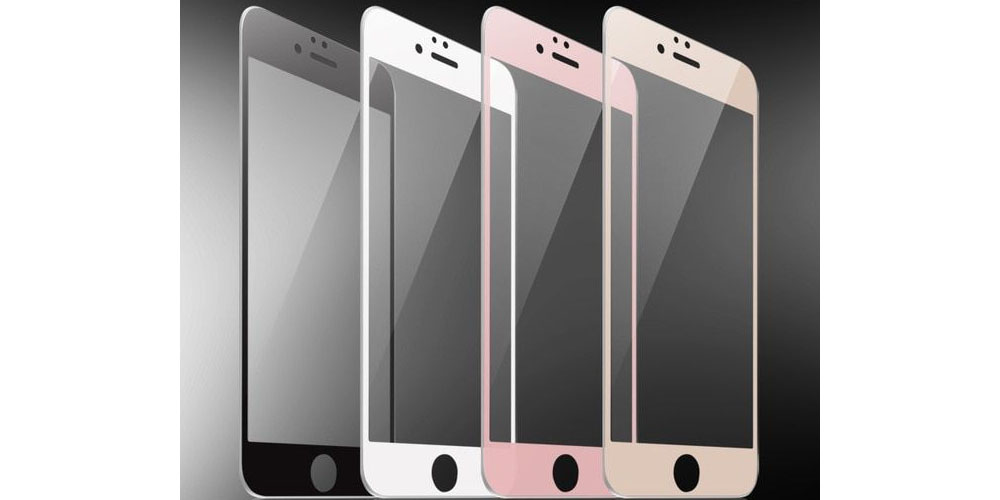Globally, fifty percent of people have cracked or broken their Smartphone screen once. Averagely 5760 phone screens are broken each hour. That is why the best screen protectors protect your phone against cracks and scratches; they act as a defense barrier between the glass touch screen and its surrounding environment. Android screen protectors must interact smoothly with your device and be durable. Do you need an excellent android phone screen? Shop at syncwire products.
Types of Screen Protectors
1.Tampered Glass Screen Protectors
Tampered glass protector is among the most common kind of screen protector in the market, probably one of the preferred choices because it is popular. It possesses an absorbent silicon layer, a film layer, and a glass layer at the top; all these layers form a thick tempered glass screen protection than the rest. It provides adequate protection from scratch and good visibility. However, it is thick and can still crack.
2.Polythene Terephthalate Screen Protectors
They don't provide a lot of resistance from scratch. They only act as best cannon folders since they scratch the protector and not the screen. They are thin, lightweight, and cheap.
3.Privacy Screen Protectors
You don't want others to look at your screen while on the bus? Consider getting a privacy screen protector for your phone; they are tampered screen glass protectors with little polarization magic, limiting the viewing angles. It offers good scratch resistance and adds privacy. On the other hand, it is a double-edged sword, more expensive, and restricts the viewing angle.
4.Hydrogel Screen Protectors
A hydrogel screen protector is a gel piece that sticks on the screen; its most significant advantage is that it will never crack and self-heal from small scratches. The disadvantage, however, is it doesn't provide a lot of protection from impact.
5.Liquid Glass Screen Protectors.
It applies a protective layer of coating onto your glass screen. It offers invisible protection and fits any screen size. However, the disadvantage is it has a lot of dubious claims.
6.Thermoplastic Polyurethane (TPU) Protectors
Thermoplastic polyurethane means processed and improved plastic. It offers decent scratch protection, it can self-heal, and it is flexible. It fixes small scratches by itself. However, it is costly.
What Should You Look for in an Android Screen Protector?
a.Compatibility. Android phones exist in all sizes and shapes; therefore, the screen protector you choose must interact easily with your phone model. Product description details which phone models are fit for a specific screen protector. It's up to you to double-check.
b.Installation. To apply a screen protector needs precision. Some designs possess a "bubble-free" application, although reading and understanding customer reviews help you determine its accuracy.
c.Protectivity. Screen protectors protect your glass screen against shatters and scratches. Protectivity depends on the material a screen protector is made of, and as discussed above, the best one to use is tempered glass or flexible urethane.
Final Thoughts
A quality screen protector solves every problem concerning your phone's screen. It is entirely harmless to put on an additional screen protector. It is better to be safe than sorry. Though some screen protectors may cost you a lot in the end, it is worth it.


